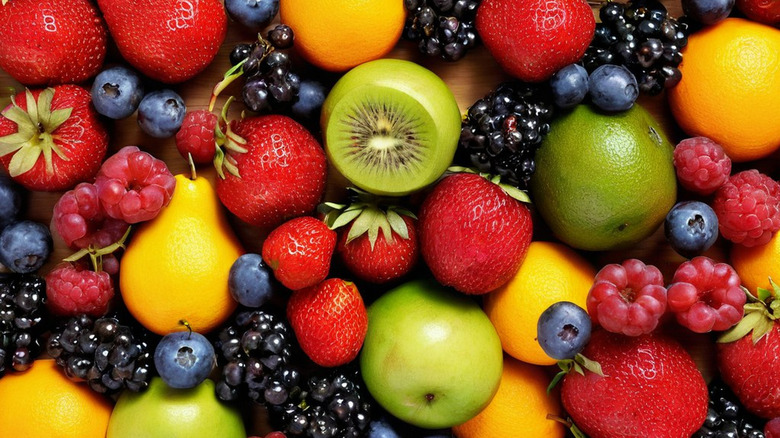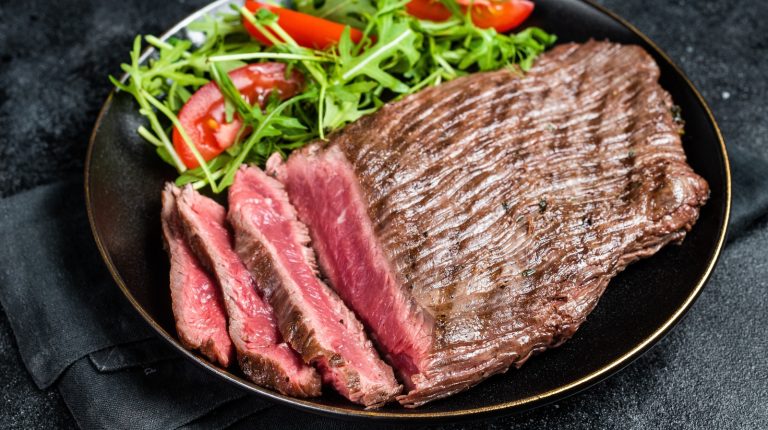If there’s one vintage dessert fad that deserves a comeback, it’s the humble Jell-O salad. Light, creamy, and intensely sweet, these jiggly trays of jewel-toned deliciousness used to grace every potluck table in the United States. Though they fell out of favor in the late ’80s as the demand for more health-conscious convenience foods grew, they’ve remained a staple of celebrations throughout the Midwest and Southern U.S. Much of these desserts’ enduring popularity lies in how easy they are to make — gelatin salads were a sign of wealth until instant Jell-O hit grocery store shelves, allowing homemakers of every financial bracket to impress dinner guests with translucent, tiered desserts with bits of juicy fruit suspended inside.
Of course, this was provided you could get your Jell-O to set, which may not happen if you try to splurge by using fresh fruit instead of canned. Certain fruits — including pineapple, kiwi, citrus, and papaya — contain protease enzymes that destroy the chemical bonds in gelatin, preventing it from setting and turning your Jell-O salad into more of a Jell-O soup. For instance, you may know that pineapple is full of bromelain, an enzyme that makes it excellent for tenderizing and marinating meats, as it’s capable of breaking down the strands of muscle to create a more succulent bite. Canned versions of these fruits are usually less acidic due to the way that the fruit is processed, which is why old-school recipes for 7 Up Jell-O salad call for canned and drained crushed pineapple.
Fresh vs. canned: fruits to use and avoid
Of course, some fruits are more acidic than others, so while syrupy sweet canned mandarins are superior to their fresh counterparts in this case, that doesn’t mean you can never add fresh fruits to your Jell-O salad. Fresh berries — such as blueberries or strawberries — grapes, apples, and stone fruits like peaches and plums don’t produce enzymes capable of disrupting the chemical bonds in the gelatin. That means you can chop and stir these fruits right into this vintage dessert, and it should still firm up beautifully.
If you’re determined to add one of the “forbidden fruits” to your Jell-O salad, there are a few things you can do to help lower the acidity and break down the enzymes. Part of the reason canned fruits work well in these salads is that they’re heated to eliminate bacteria growth and make them shelf stable. Heating also breaks down the enzymes responsible for destroying the gelatin’s chemical bond, so if you can’t find canned kiwi, for instance, you can simply heat it through and let it cool before adding it to your salad.
The only exception to this rule is bananas. Though bananas secrete an enzyme called actinidain, which is also found in many of the other tropical fruits previously mentioned, it’s less concentrated in bananas, meaning you can use fresh slices without ruining your dessert. If you’re still concerned, there’s nothing wrong with giving them a quick toast before stirring them into your salad.





